Home>Renovation & DIY>Home Renovation Guides>How To Access A Crawl Space
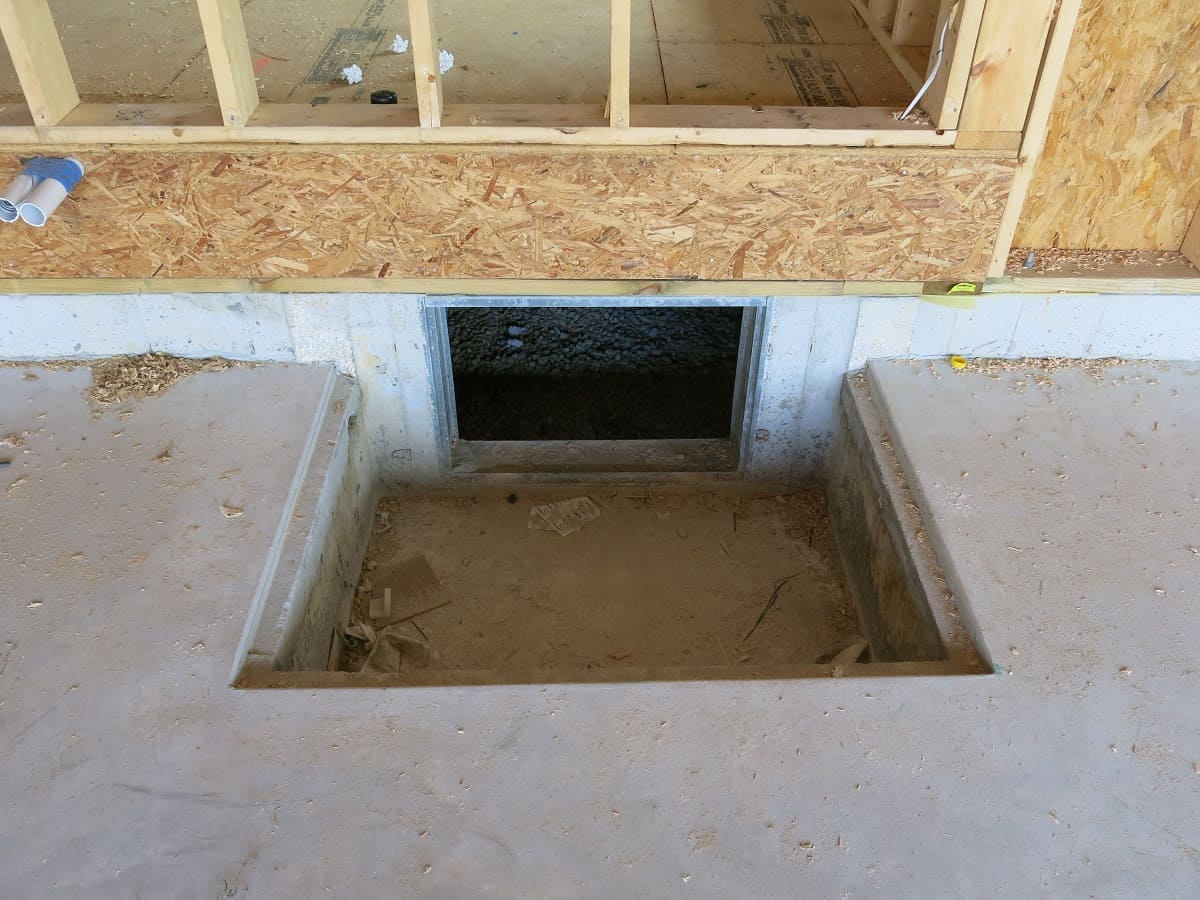

Home Renovation Guides
How To Access A Crawl Space
Modified: February 18, 2024
Learn how to access a crawl space for your home renovation project with our comprehensive guide. Get expert tips and advice on home renovation.
(Many of the links in this article redirect to a specific reviewed product. Your purchase of these products through affiliate links helps to generate commission for Storables.com, at no extra cost. Learn more)
Introduction
Accessing a crawl space is a crucial aspect of home maintenance and renovation, yet it often remains an overlooked area. Whether you're embarking on a DIY project or seeking to assess potential issues such as moisture, pests, or insulation, understanding how to access a crawl space is essential. This comprehensive guide will walk you through the necessary steps, from gathering the required equipment to safely entering and performing tasks within the confined area. By following these steps, you can ensure a smooth and efficient process while maintaining the integrity of your home.
The crawl space, typically found beneath the main level of a house, serves as a vital component of the overall structural integrity and functionality of the property. It houses essential elements such as plumbing, electrical wiring, and HVAC systems, making it imperative to have easy access for maintenance and repairs. Additionally, the crawl space can be susceptible to issues such as mold growth, moisture accumulation, and pest infestations, which can impact the indoor air quality and overall well-being of the home.
Understanding how to access a crawl space empowers homeowners to proactively address potential concerns and perform routine maintenance tasks. By gaining access to this often overlooked area, you can assess the condition of insulation, identify any signs of water damage, and address pest infestations, ultimately contributing to a healthier and more efficient home environment.
In the following steps, we will delve into the necessary equipment, preparation, and safety measures required to access a crawl space effectively. Whether you're a seasoned DIY enthusiast or a homeowner seeking to gain a better understanding of your property, this guide will equip you with the knowledge and confidence to navigate and address issues within your crawl space. Let's embark on this journey to unlock the potential of your home's hidden space and ensure its optimal functionality and longevity.
Key Takeaways:
- Exploring the crawl space is crucial for home maintenance. Equip yourself with protective gear, lighting, and essential tools to ensure safety and efficiency in addressing potential issues like moisture and pests.
- By documenting findings and addressing moisture, insulation, plumbing, electrical systems, and pest control within the crawl space, homeowners can actively contribute to the overall health and longevity of their property.
Read more: How To Conceal Crawl Space Access
Step 1: Gather Necessary Equipment
Before venturing into the crawl space, it's essential to gather the necessary equipment to ensure a safe and efficient entry. Here's a comprehensive list of items you'll need:
-
Protective Gear: Prioritize safety by wearing appropriate protective gear, including coveralls, gloves, a respirator mask, and safety goggles. These items will shield you from potential contaminants, allergens, and insulation materials commonly found in crawl spaces.
-
Lighting: Given the dim and confined nature of crawl spaces, adequate lighting is crucial. Equip yourself with a reliable, waterproof flashlight or headlamp to illuminate the space effectively. Consider bringing extra batteries or a backup light source to avoid being stranded in the dark.
-
Respirator or Mask: Crawl spaces often harbor dust, mold spores, and other airborne particles that can compromise respiratory health. A high-quality respirator mask or dust mask will provide essential protection against inhaling harmful substances.
-
Tools: Prepare a toolkit with essential tools such as a screwdriver, adjustable wrench, pliers, and a utility knife. These tools will come in handy for tasks such as inspecting plumbing, tightening fittings, and cutting materials as needed.
-
Measuring Tape: Having a measuring tape on hand allows you to assess dimensions, take accurate measurements, and plan for any repairs or installations within the crawl space.
-
Communication Device: Since crawl spaces can limit cell phone reception, consider bringing a two-way radio or walkie-talkie to maintain communication with a helper or someone outside the crawl space in case of emergencies.
-
Knee Pads: Given the uncomfortable and uneven terrain of crawl spaces, wearing knee pads can provide much-needed comfort and protection while maneuvering within the confined area.
-
Duct Tape and Plastic Bags: These items can be useful for sealing off any exposed insulation, covering openings, or securing loose items to prevent potential contamination or damage.
By ensuring you have these essential items at your disposal, you'll be well-prepared to navigate the crawl space with confidence and address any maintenance or inspection tasks effectively. Prioritizing safety and preparedness at this initial stage sets the foundation for a successful and productive experience within the crawl space.
Step 2: Prepare the Entry Point
Before venturing into the confined space of a crawl space, it's crucial to prepare a safe and accessible entry point. This step is essential for ensuring a smooth transition into the crawl space and minimizing potential hazards. Here's a detailed guide on how to prepare the entry point effectively.
Clearing the Access Area
Begin by clearing the area around the crawl space entry point. Remove any obstacles, debris, or overgrown vegetation that may obstruct the pathway. This includes trimming overhanging branches, clearing away leaves or debris, and ensuring that the entry point is easily accessible from the exterior of the house. By creating a clear and unobstructed pathway, you'll facilitate safe and unhindered access to the crawl space.
Inspecting the Entry Point
Next, carefully inspect the entry point for any signs of damage, deterioration, or potential hazards. Check for loose or deteriorating materials, such as rotting wood or damaged access doors. Ensure that the entry point is structurally sound and secure, as this will prevent accidents and maintain the integrity of the crawl space. Address any issues promptly to ensure a safe and stable entry point.
Read more: How To Inspect A Crawl Space
Ventilation and Air Circulation
Proper ventilation is crucial for maintaining a healthy environment within the crawl space. Before entering, ensure that the area is adequately ventilated to prevent the buildup of stagnant air and potential contaminants. If necessary, consider installing additional vents or fans to promote air circulation and minimize the risk of mold or moisture accumulation.
Securing the Entry Point
To prevent unauthorized access and ensure safety, it's important to secure the entry point when not in use. Install a sturdy access door or cover that can be securely closed and locked. This will deter pests, intruders, and unauthorized entry while safeguarding the crawl space from external elements. Additionally, consider adding weather-stripping or seals around the entry point to prevent drafts and moisture infiltration.
Lighting and Visibility
Lastly, ensure that the entry point is well-lit to provide adequate visibility within the crawl space. Install a reliable and waterproof light fixture near the entry point, or use portable lighting solutions such as a flashlight or headlamp. Adequate lighting is essential for navigating the confined space and performing tasks safely and effectively.
By meticulously preparing the entry point, you'll create a safe and accessible pathway into the crawl space, setting the stage for a productive and secure experience within this essential area of your home.
Step 3: Enter the Crawl Space
After gathering the necessary equipment and preparing the entry point, the next crucial step is to enter the crawl space. This phase requires careful consideration of safety measures and a methodical approach to navigating the confined environment. Here's a detailed guide on how to enter the crawl space effectively.
Read more: How To Maintain A Crawl Space
Safety Precautions
Before entering the crawl space, it's essential to prioritize safety. Ensure that you are wearing the appropriate protective gear, including coveralls, gloves, a respirator mask, and safety goggles. These items will shield you from potential contaminants, allergens, and insulation materials commonly found in crawl spaces. Additionally, verify that your lighting equipment is fully functional and that you have a reliable source of illumination to maintain visibility within the space.
Entry Techniques
When entering the crawl space, approach the entry point with caution. Closely inspect the area for any potential hazards or obstructions, such as protruding nails, loose debris, or uneven surfaces. Carefully lower yourself into the crawl space, using a stable ladder or step stool if necessary. Maintain three points of contact to ensure stability and minimize the risk of slips or falls. Once inside, take a moment to acclimate to the environment and assess the visibility and air quality before proceeding further.
Movement and Posture
As you navigate within the crawl space, be mindful of your movement and posture. The confined nature of the space may require you to crawl, crouch, or maneuver in tight spaces. Keep your movements deliberate and controlled to avoid disturbing any existing insulation, wiring, or plumbing components. Maintain a low center of gravity and be mindful of potential obstacles or hazards as you progress through the crawl space.
Communication and Assistance
If possible, maintain communication with a helper or someone outside the crawl space to ensure a line of contact in case of emergencies. A two-way radio or walkie-talkie can facilitate communication and provide reassurance while working within the confined environment. Additionally, if you encounter any unexpected challenges or hazards, having a helper readily available can expedite assistance and support.
By following these guidelines and exercising caution, you can safely enter the crawl space and prepare to address any maintenance or inspection tasks effectively. Prioritizing safety and methodical movement within the confined space will contribute to a productive and secure experience as you navigate this essential area of your home.
Read more: How To Winterize A Crawl Space
Step 4: Perform Necessary Tasks
Once inside the crawl space, it's time to focus on performing the necessary tasks to address maintenance, inspection, or repair needs. This phase requires a methodical approach and attention to detail to ensure that all essential tasks are completed effectively. Here's a detailed guide on how to perform necessary tasks within the crawl space.
Assessing the Environment
Begin by conducting a comprehensive assessment of the crawl space environment. Take note of any visible signs of moisture, mold, or pest infestations. Inspect the insulation for signs of damage or deterioration, and assess the condition of plumbing and electrical components. Use your lighting source to thoroughly examine the entire area, paying close attention to potential problem areas such as water accumulation, structural damage, or pest activity.
Addressing Moisture and Insulation
If moisture is detected, it's crucial to identify the source and address it promptly. Look for signs of water intrusion, such as damp insulation or visible water stains. Consider installing a vapor barrier or addressing drainage issues to mitigate moisture problems. Additionally, assess the condition of insulation and make any necessary repairs or replacements to ensure optimal energy efficiency and temperature regulation within the crawl space.
Inspecting Plumbing and Electrical Systems
Carefully inspect the plumbing and electrical systems within the crawl space. Look for signs of leaks, corrosion, or damaged wiring. Verify that all connections are secure and that there are no visible issues that could lead to potential hazards or inefficiencies. If any problems are identified, take the necessary steps to address them or seek professional assistance if the issues are beyond your expertise.
Read more: How To Insulate The Floor In A Crawl Space
Pest Control and Prevention
In the presence of pests or signs of infestation, take proactive measures to address the issue. Seal off potential entry points for pests, such as gaps or openings in the foundation or walls. Consider implementing pest control measures to deter and eliminate unwanted intruders, safeguarding the crawl space from damage and potential health risks associated with pest activity.
Documentation and Planning
As you perform the necessary tasks within the crawl space, document any findings, repairs, or maintenance activities. Take note of any areas that require further attention or follow-up. This documentation will serve as a valuable reference for future maintenance and provide insight into the condition of the crawl space over time. Additionally, use this opportunity to plan for any future upgrades or improvements that can enhance the functionality and condition of the crawl space.
By methodically addressing these necessary tasks within the crawl space, you can contribute to the overall health, efficiency, and longevity of your home. Prioritize thoroughness and attention to detail as you work through each task, ensuring that the crawl space remains a well-maintained and functional component of your property.
Step 5: Exit the Crawl Space
As you conclude your tasks within the crawl space, the process of exiting is just as crucial as entering. Exiting the crawl space requires careful maneuvering and adherence to safety protocols to ensure a smooth transition back to the exterior of the house. Here's a detailed guide on how to exit the crawl space effectively.
Assessing the Exit Point
Before initiating the exit, take a moment to assess the area around the exit point within the crawl space. Ensure that the pathway is clear of any obstacles or potential hazards that may impede your exit. Verify that the entry point remains secure and that the access door or cover is in place to prevent unauthorized entry and safeguard the crawl space from external elements.
Movement and Posture
As you prepare to exit the crawl space, maintain a deliberate and controlled approach to movement. Be mindful of potential obstacles or hazards near the exit point, such as protruding nails or uneven surfaces. Use stable footing and maintain three points of contact as you navigate toward the exit, minimizing the risk of slips or falls. If necessary, utilize a ladder or step stool to facilitate a safe ascent from the confined space.
Read more: How To Maintain A Crawl Space
Safety Precautions
Prioritize safety as you exit the crawl space by ensuring that your protective gear, including coveralls, gloves, respirator mask, and safety goggles, remains in place. Maintain visibility using your lighting source to illuminate the pathway and identify any potential hazards. If you encountered any challenges or disturbances within the crawl space, remain vigilant as you exit to mitigate any lingering risks.
Securing the Entry Point
Upon exiting the crawl space, take the necessary steps to secure the entry point effectively. Close and lock the access door or cover to prevent unauthorized access and safeguard the crawl space from external elements. Verify that the entry point is sealed and weather-stripped to maintain insulation and prevent drafts or moisture infiltration. By securing the entry point, you contribute to the overall safety and integrity of the crawl space.
Reflecting on the Experience
As you emerge from the confined environment of the crawl space, take a moment to reflect on the experience. Consider documenting any observations, challenges, or tasks completed during your time within the crawl space. This reflection can provide valuable insights for future maintenance and serve as a reference for ongoing care of the crawl space.
By following these guidelines and prioritizing safety and methodical movement, you can exit the crawl space with confidence and ensure a seamless transition back to the exterior of your home. Your attention to detail and adherence to safety protocols contribute to a productive and secure experience within this essential area of your property.
Read more: How To Use Crawl Space
Conclusion
Accessing a crawl space is a fundamental aspect of maintaining a healthy and functional home environment. Throughout this comprehensive guide, we've explored the essential steps involved in accessing a crawl space, from gathering the necessary equipment to safely entering, performing tasks, and exiting the confined area. By following these steps, homeowners and DIY enthusiasts can navigate the crawl space with confidence and address maintenance and inspection needs effectively.
The crawl space, often overlooked yet integral to the structural integrity and functionality of a home, houses essential components such as plumbing, electrical wiring, and HVAC systems. By gaining access to this concealed area, homeowners can proactively address potential concerns such as moisture, mold, pest infestations, and insulation issues. This proactive approach contributes to a healthier and more efficient home environment, ultimately enhancing the overall well-being of the property and its occupants.
As we've delved into the necessary equipment, preparation, safety measures, and task performance within the crawl space, it's evident that prioritizing safety, thoroughness, and attention to detail is paramount. Equipping oneself with protective gear, lighting, and essential tools sets the foundation for a safe and productive experience within the confined environment. Furthermore, meticulous preparation of the entry point, methodical entry and exit techniques, and careful task performance contribute to a seamless and secure process within the crawl space.
By addressing moisture, insulation, plumbing, electrical systems, and pest control within the crawl space, homeowners can actively contribute to the overall health, efficiency, and longevity of their property. The documentation of findings and observations serves as a valuable reference for future maintenance and provides insight into the condition of the crawl space over time.
In conclusion, understanding how to access a crawl space empowers homeowners to take proactive measures in maintaining and optimizing this essential area of their property. By following the comprehensive steps outlined in this guide, individuals can navigate the crawl space with confidence, address maintenance needs effectively, and contribute to a healthier and more efficient home environment. Accessing the crawl space is not only a practical endeavor but also a proactive investment in the well-being and longevity of the home.
Frequently Asked Questions about How To Access A Crawl Space
Was this page helpful?
At Storables.com, we guarantee accurate and reliable information. Our content, validated by Expert Board Contributors, is crafted following stringent Editorial Policies. We're committed to providing you with well-researched, expert-backed insights for all your informational needs.
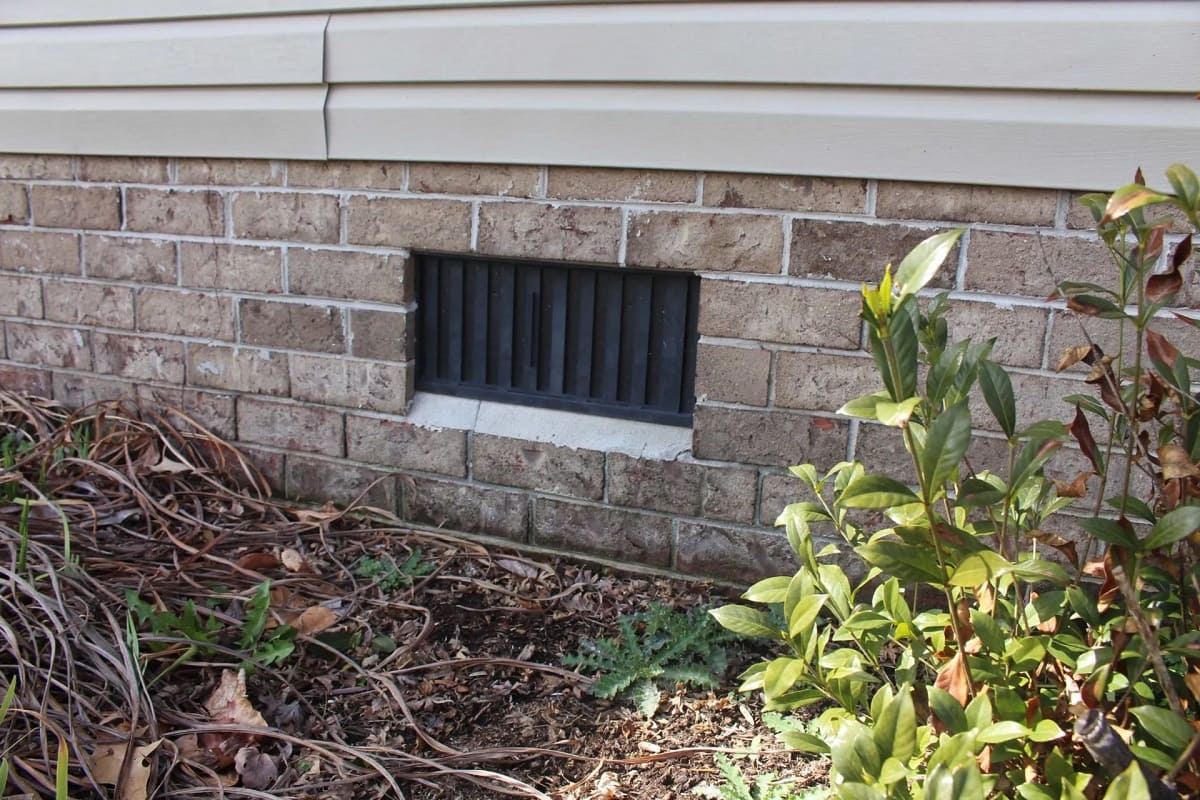
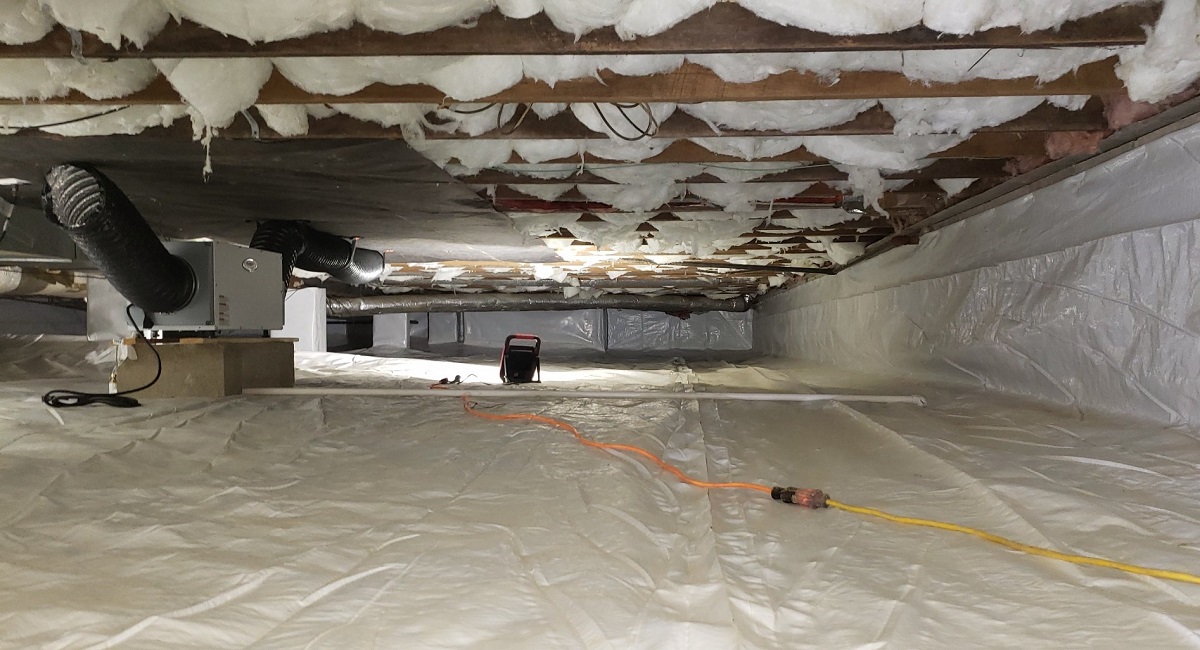
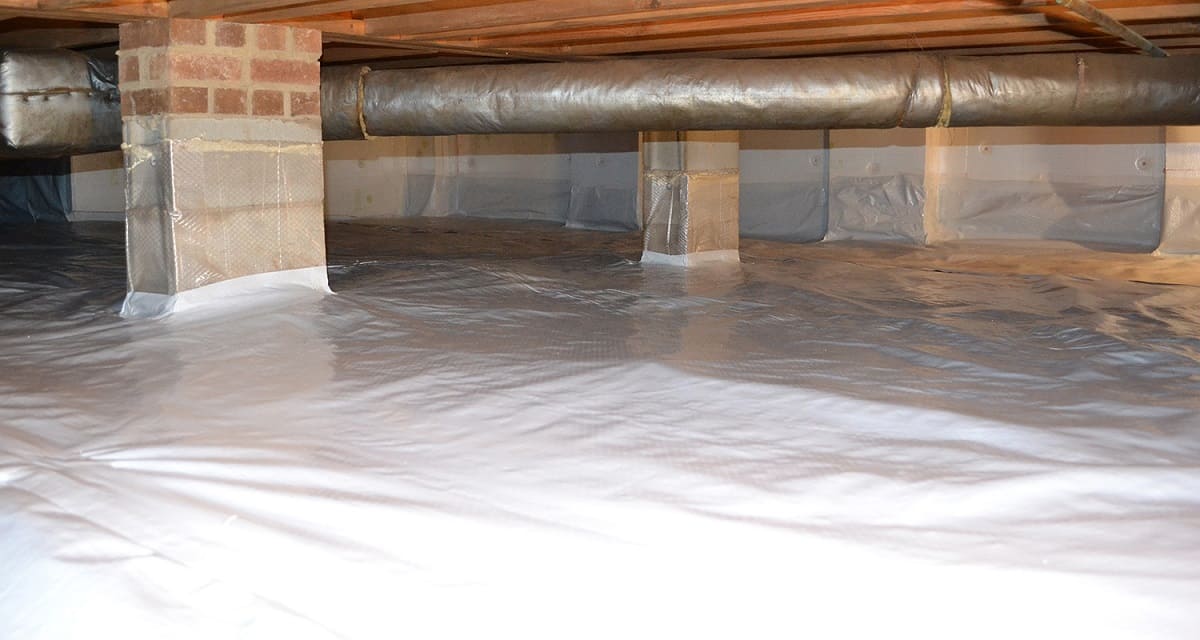
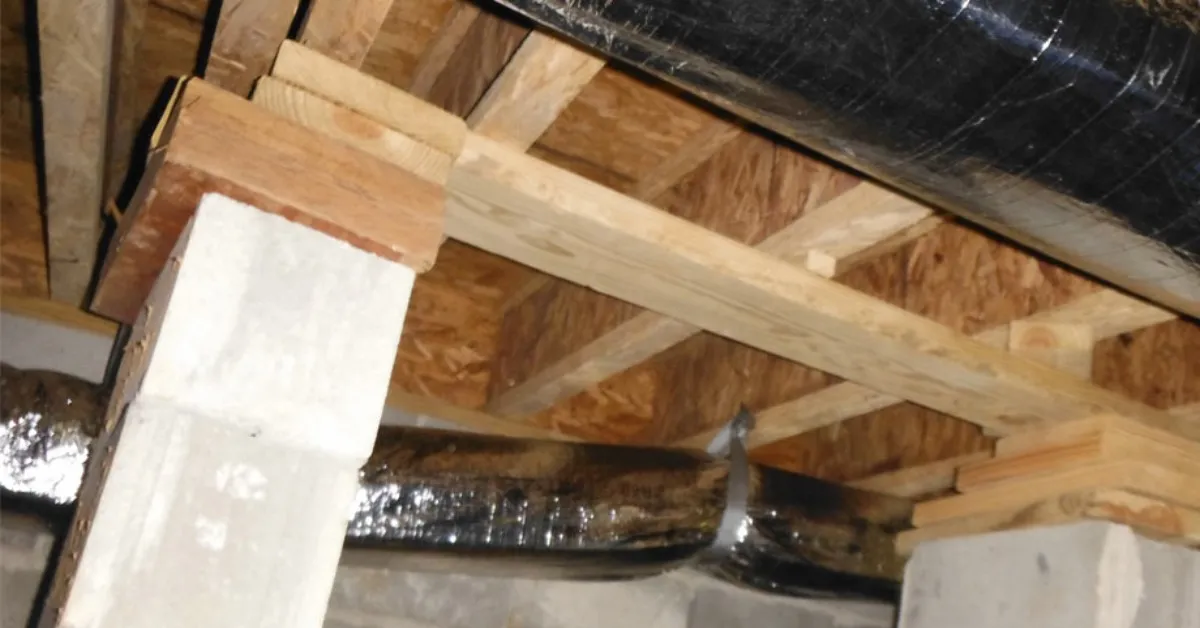
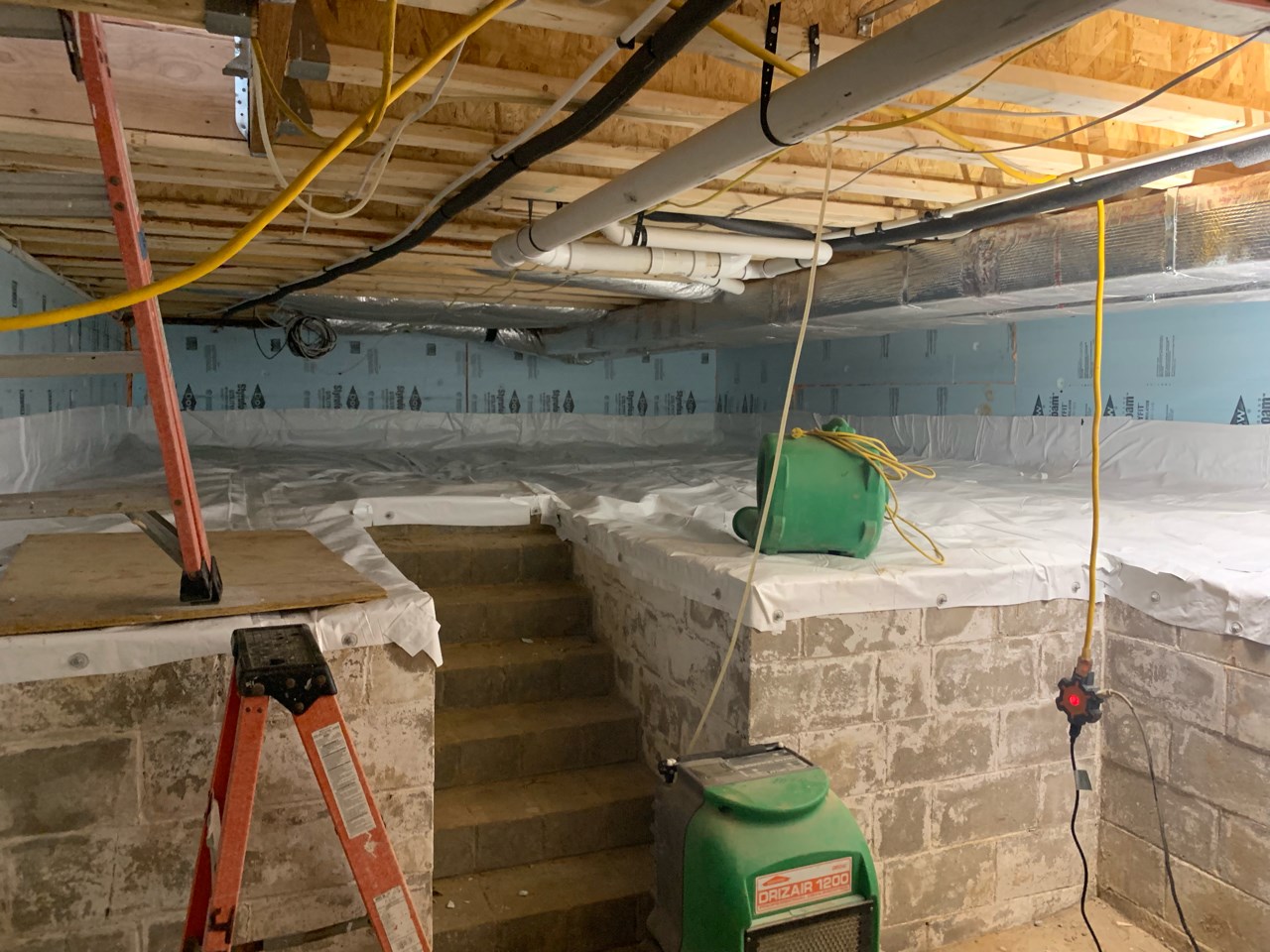
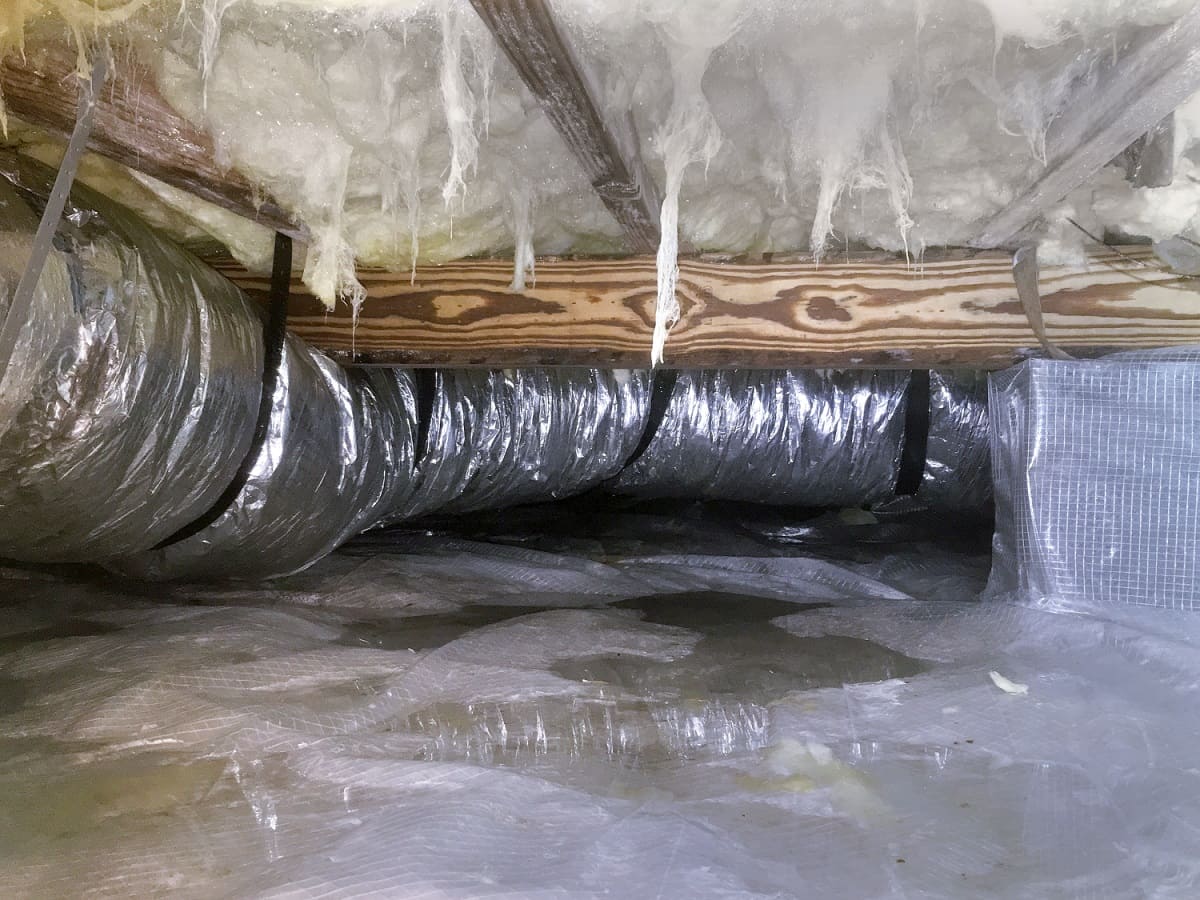
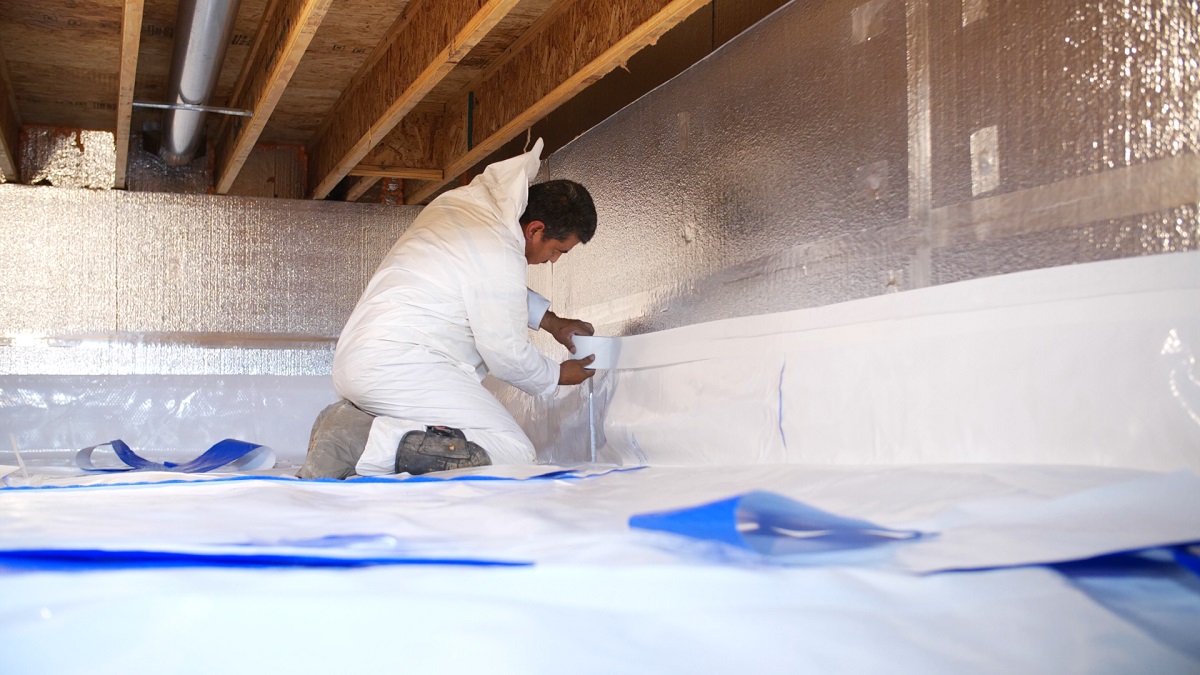
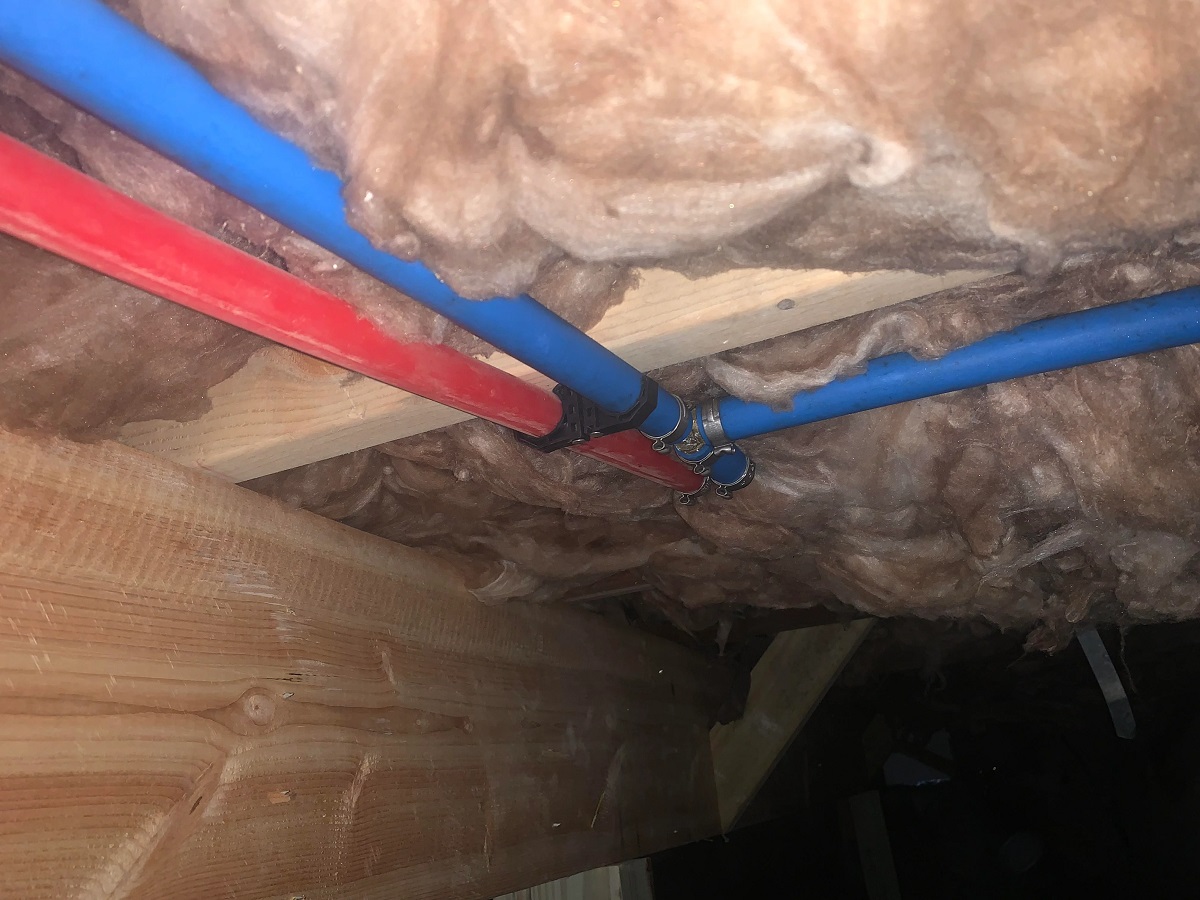
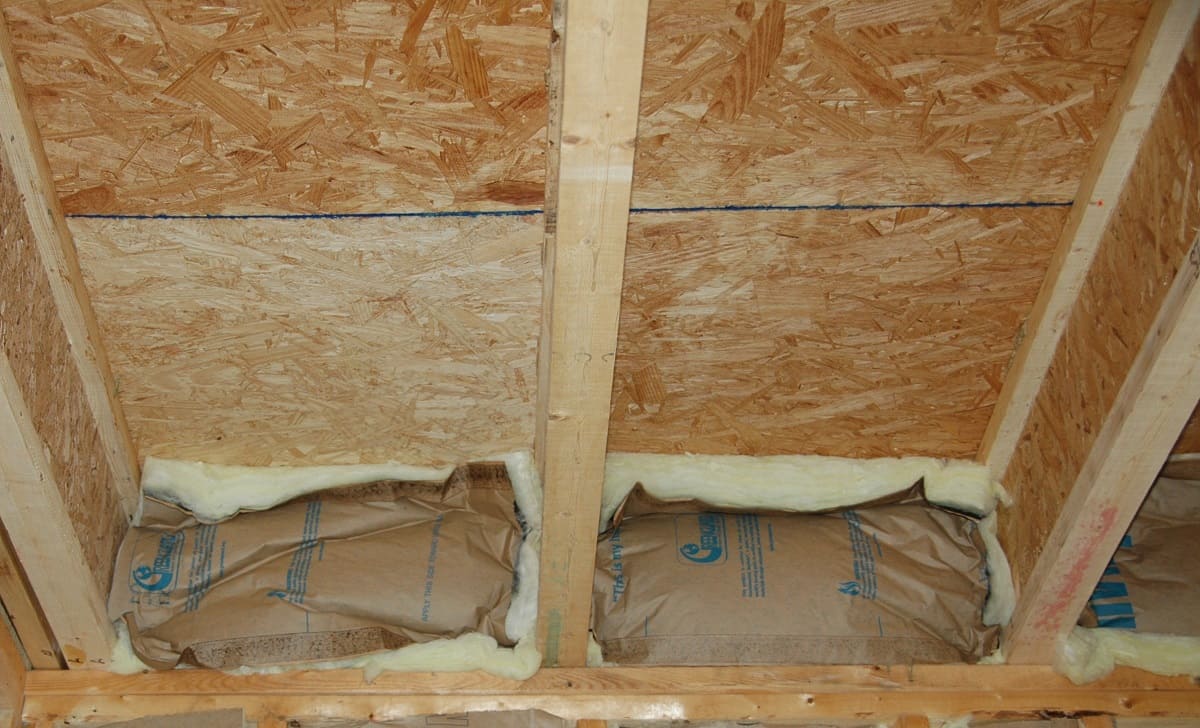

0 thoughts on “How To Access A Crawl Space”